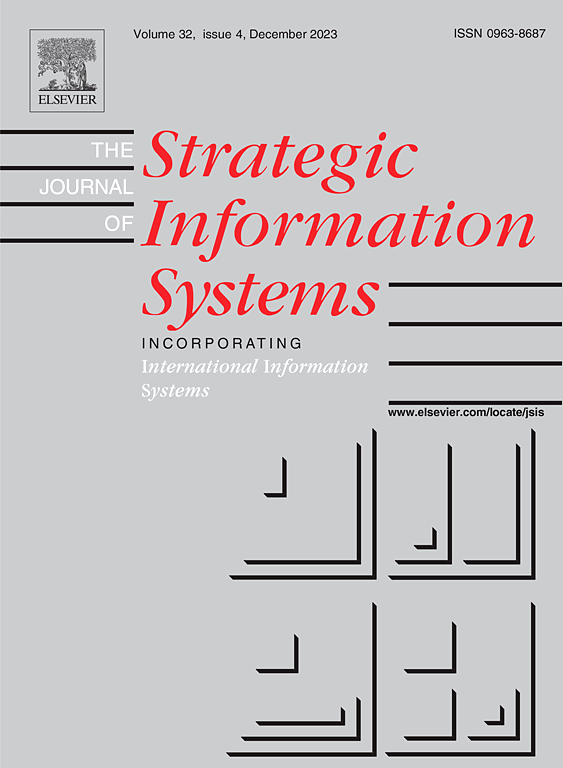判别式2的确定四元数代数的代数模形式的计算
IF 1.1
4区 数学
Q4 COMPUTER SCIENCE, THEORY & METHODS
引用次数: 0
摘要
本文给出了判别2的定四元数代数的极大阶上的代数模形式空间基的计算算法,并给出了该基的数据库。我们的数据库的一个主要应用是得到代数模形式的同余关系,从而得到模l函数的素数扭转的不消失定理。本文章由计算机程序翻译,如有差异,请以英文原文为准。
Computations of algebraic modular forms associated with the definite quaternion algebra of discriminant 2
In this paper, we present an algorithm to compute a basis of the space of algebraic modular forms on the maximal order of the definite quaternion algebra of discriminant 2, and provide a database of such bases. A main application of our database is to obtain congruence relations of algebraic modular forms, which lead non-vanishing theorems for prime twists of modular L-functions.
求助全文
通过发布文献求助,成功后即可免费获取论文全文。
去求助
来源期刊

Journal of Symbolic Computation
工程技术-计算机:理论方法
CiteScore
2.10
自引率
14.30%
发文量
75
审稿时长
142 days
期刊介绍:
An international journal, the Journal of Symbolic Computation, founded by Bruno Buchberger in 1985, is directed to mathematicians and computer scientists who have a particular interest in symbolic computation. The journal provides a forum for research in the algorithmic treatment of all types of symbolic objects: objects in formal languages (terms, formulas, programs); algebraic objects (elements in basic number domains, polynomials, residue classes, etc.); and geometrical objects.
It is the explicit goal of the journal to promote the integration of symbolic computation by establishing one common avenue of communication for researchers working in the different subareas. It is also important that the algorithmic achievements of these areas should be made available to the human problem-solver in integrated software systems for symbolic computation. To help this integration, the journal publishes invited tutorial surveys as well as Applications Letters and System Descriptions.
 求助内容:
求助内容: 应助结果提醒方式:
应助结果提醒方式:


